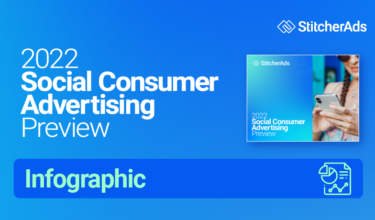Personalization in advertising is as important as ever. Yet, with new regulations and technologies designed to protect consumer privacy, it’s become more difficult to target customers and to deliver a digital ad experience that will resonate with them.
Despite privacy concerns, consumers want to see relevant ads. In fact, 69% of consumers expect a personal and consistent customer experience across multiple channels, according to June 2021 from Twilio Segment. Another survey revealed that 68% would happily provide personal information in exchange for a more tailored shopping experience or discounts (Source: Retail-Week Epsilon, 2020). So despite the challenges of personalization in this new era of privacy, it remains an essential way to reach and engage consumers in 2022.
Luckily, there are tips and tools marketers can take advantage of that will make navigating the new terrain of modern personalization much easier. In our new guide, The Retailer’s Definitive Guide: Driving Social Performance Through Personalization 2022, we’re sharing our expertise with some key recommendations for how to elevate targeting strategies, optimize performance, and build impactful creative. Below are a few highlights from the guide. We’ll be releaseing the guide in parts starting with Setup. Contact us here for a copy of the full report.

Facebook’s Conversions API allows companies to connect their first-party marketing data (from a website or CRM) into Facebook’s advertising infrastructure. Using this data (which can include things like website events and offline conversions) in your Facebook strategy is advantageous, as it allows for improved targeting, decreased cost per action (CPA), and better measurement of ad performance and attribution.
Many Conversions API integrations do not require a developer to implement, and either way it’s a small step that can have a significant impact.

As the availability of third-party data dwindles, marketers still need information that can ensure their decisions are highly strategic. That’s why first-party data is becoming crucial.
With loyalty programs, retailers can incentivize consumers to create an account and shop at their store with unique deals and early access to product launches. The retailers can then collect more data on what brands these customers are buying and their shopping patterns. These user profiles can create value for not only the retailers but the brands and social platforms they work with as well. This data can help the advertising ecosystem remain robust even as tracking users with third-party cookies becomes obsolete.

Print circulars have long been an effective way to target local markets, but as print becomes more expensive to produce than it’s worth, retailers need digital alternatives. StitcherAds now enables retailers to offer interactive, personalized digital circulars on Facebook and Instagram. These have even more benefits and flexibility than their print predecessors.
Retailers can leverage Facebook targeting and their own first-party data to create highly customized editions based on factors like gender or loyalty. Plus, with the need for printing and physical distribution, they can be updated with new products and new deals as often as needed.

The two factors that should determine how much you bid when retargeting are the level of intent a customer showed and how recently they did so. For example, a product search or view shows lower intent than adding that product to a cart or initiating checkout. So for customers who did the latter, which more strongly indicates intent to purchase, you would want to bid more aggressively for them to see your ads.
However, it’s important to balance this consideration with the time frame of their actions. You might want to bid more aggressively for customers who viewed a product page yesterday, for example, than for those who added to their cart two weeks ago. This will help increase the likelihood of conversion and ensure you get the most from your ad spend.

It requires many tools to run an effective campaign. But when each tool has its own unique analytics for measuring success, it can be difficult for marketers to get a holistic picture of how their efforts are driving ROI.
Ideally, you want to be able to visualize all this data in one place. This can paint a more detailed, more accurate picture of your success and allow you to make optimizations to a campaign in real-time. An example of how this might look can be seen on one of StitcherAds dashboards. This aggregate view is essential to justifying spend and reporting on how marketing efforts are helping your business overall.
Changes across the tech sphere are making ad personalization more difficult, but not any less important. These are just a few ways marketers can start to use new methods for reaching consumers without the tried and true methods of the past 20 years. For a thorough rundown and even more essential tactics, be sure to check out our 4-part series, The Retailer’s Definitive Guide: Driving Social Performance Through Personalization 2022. Part one, “Setting up Personalization,” is available to read here. Subsequent sections will be dropping every two weeks.



